| |
|
|
Botanical Name |
: |
Aesculus indica Hook |
English
Name |
: |
Indian Horsechestnut, horse chestnut |
Synonym(s) |
: |
Aesculus hippocastanum, Pavia indica Wall. ex Cambess. |
Family |
: |
Hippocastanaceae |
| |
General Info
| Description |
 |
|
Large tree reaching up to 100 feet in height with smooth, grayish-green bark soft spongy wood and brown seeds (containing a pale area) which are enclosed in soft spiny green capsules. Leaves, opposite, digitate, exstipulate, having 5 to 10 leaflets; the leaflets, variable in size, oblong to lanceolate, sharply serrated, glabrous, narrowed at the base. Flowers, zygomorphic, bisexual, complete, pedicellate, perigynous, 3 5 mm long, 2 to 2.5 cm in diameter when fully open; inflorescence, a compound raceme, 42 cm long, 12.5 cm broad at the base, bearing, on an average, 385 flowers; calyx, gamosepalous, dawn pink 523/27, deciduous, tubular, tomentose, having 5 lobes : coroela, polypetalous, with four petals, clawed, zygomorphic, having a combination of yellow, pink, red and white, each petal 2.5 cm long and 5 to 8 mm wide : androecium, polyandrous, with 7 stamens 3.5 cm long, perigynous, tomentose, narrow and oblong. Ovary, with a single style. Fruit, a capsule, 2 cm long, 4.1 cm in diameter, weighing 27.26 g, its volume being 26.25 ml; epicarp, brown with rusty spots. Seeds, 1 to 2 per capsule, shining black from outside, and lime white from inside, 3.5 cm in diameter. |
| Herb Effects |
 |
|
Diuretic (50% EtOH fruit extract) and antiedematous (plant extract); antiinflammatory (bark extract); anticancer, vasodilating and improves the elasticity of blood vessel walls. |
Chemistry
| Active Ingredients |
 |
|
Aescin (plant, seed and leaf); quercetin, beta-sitosterol and palmitone (leaf); terpenoid sapogenols, stigmasterol, alpha-spinasterol and flavonoid glycosides. |
| Chemistry
of Active Ingredients |
 |
|
|
 |
Name |
CAS# |
IUPAC Name |
Formula |
Structure |
 |
|
| Aescin |
6805-41-0 |
6-[[9-acetyloxy-8-hy
droxy-4,8a-bis(hydro
xymethyl)-4,6a,6b,11
,11,14b-he
xamethyl-10-(2-methy
lbut-2-enoyloxy)-1,2
,3,4a,5,6,7,8,9,10,1
2,12a,14,1
4a-tetradecahydropic
en-3-yl]oxy]-4-hydro
xy-3,5-bis[[3,4,5-tr
ihydroxy-6
-(hydroxymethyl)oxan
-2-yl]oxy]oxane-2-ca
rboxylic acid |
C55H86O24 |

|
| Quercetin |
Not Available |
2-(3,4-dihydroxyphen
yl)-3,4,5-trihydroxy
-chromen-7-one |
C15H10O7 |
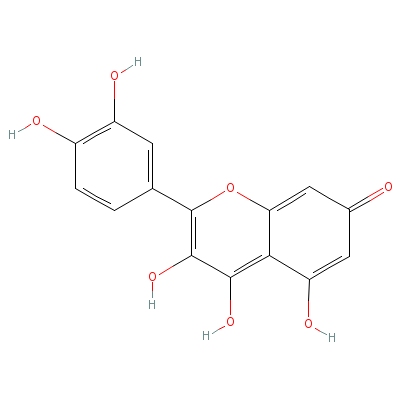
|
| Beta-sitosterol |
5779-62-4 |
17-(5-ethyl-6-methyl
-heptan-2-yl)-10,13-
dimethyl-2,3,4,7,8,9
,11,12,14, |
C29H50O |
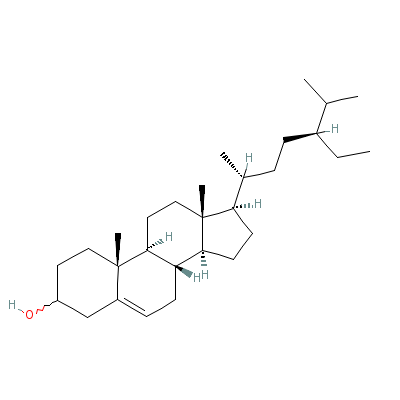
|
| Palmitone |
502-73-8 |
hentriacontan-16-one |
C31H62O |
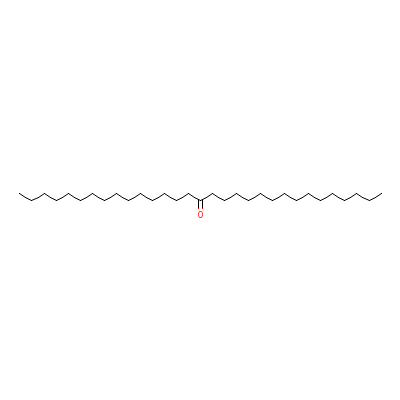
|
| Stigmasterol |
4736-55-4 |
17-(4-ethyl-1,5-dime
thyl-hex-2-enyl)-10,
13-dimethyl-1,2,4,5,
6,7,8,9,10
,11,12,1
3,14,15,16,17-hexade
cahydrocyclopenta[a]
phenanthren-3-one |
C29H48O |
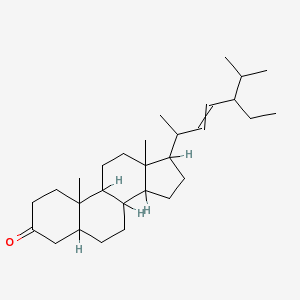
|
| alpha-Spinasterol |
481-18-5 |
17-(5-ethyl-6-methyl
-hept-3-en-2-yl)-10,
13-dimethyl-2,3,4,5,
6,9,11,12,
14,15,16
,17-dodecahydro-1H-c
yclopenta[a]phenanth
ren-3-ol |
C29H48O |
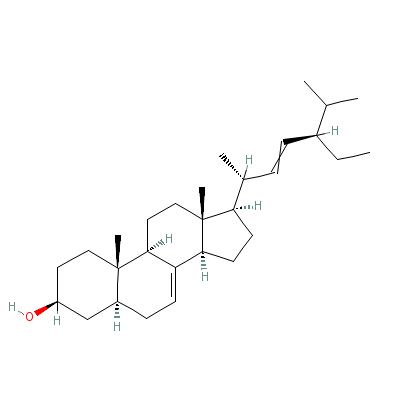
|
|
Pharmacology
| Medicinal Use |
 |
|
In edema (plant extract); leucorrhea (root); whooping cough (leaf) and vascular disorders (such as hemorrhoids , varicose veins and phlebitis); astringent, acrid and narcotic (seeds); for skin disease and rheumatism (oil from seed); the seed is given to horses suffering from colic; an anthelmintic on horses. |
| Contraindication |
 |
|
In rare cases oral intake of horse chestnut may cause itching, nausea, and upset stomach (Blumenthal et al., 1998).People with liver disease should also avoid the use of horse chestnut. |
| Reference |
 |
|
 Chandel et al., Biodiversity in Medicinal and Aromatic Plants in India. Chandel et al., Biodiversity in Medicinal and Aromatic Plants in India.
Uniyal et al., Medicinal Flora of Garhwal Himalayas.
Stary, The Natural Guide to Medicinal Herbs and Plants.
Ambrogini P. Cuppini R. Bruno C. Bombardelli E. Effects of proanthocyanin. |
Dealers
Products
|
|